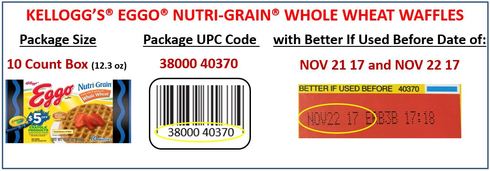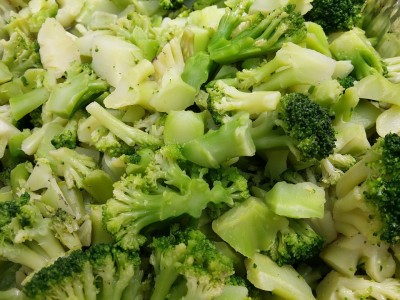April 2006 - Mega-brands, those popular food products that dominate the supermarket shelves and dinner plates of mainstream America, are often under siege by consumer groups because of their ingredients, labeling, and marketing practices. Yet, mega-brands continue to rack up billions of dollars in sales each year. What is the secret to their success? According to James Tillotson, PhD, MBA, professor at the Friedman School of Nutrition Science and Policy at Tufts University, "mega-brands maintain their strong grip on our diet because consumers, food companies, and supermarkets are intertwined in a symbiotic relationship that yields great benefits for all three."
In a two-part series in his Business and Nutrition column in Nutrition Today, Tillotson refers to mega-brands as "fortress brands" because of their durability in defending their market share against rivals. He explains how these products maintain their strong foothold in the market despite often being at odds with the USDA Dietary Guidelines for Americans with respect to sugars, fats, salt, calories, and lack of fiber. "In spite of a deluge of popular press coverage in recent years about pros and cons of following the Dietary Guideline recommendations, consumer surveys continue to report that taste still trumps all other rationales in motivating food purchases by catering to our strong liking for sweets, fats and oils, and salt," Tillotson writes.
Tillotson describes the role that supermarkets play in perpetuating the dominance of mega-brands in consumers' diets. "In the razor-thin profit business of supermarkets," says Tillotson, "profitability depends on high sales per unit of shelf space. With a finite amount of shelf space and thousands of brands available, the chains favor the strongly consumer-wanted, high-volume selling products." Tillotson also points out that, "it is more efficient to stock one or two mega-brands with their high sales velocity off the shelf than a number of lesser brands that are slow sellers. In this Darwinian process, mega-brands are the winners."
"Their greater profitability (versus the lesser brands) is the result not only of their commanding market shares and higher sales volumes, but also their larger profit margins," adds Tillotson. "Mega-brands are inherently the most-wanted by consumers, so supermarkets must have them to sell. Brand preferences are often passed from grandparents to parents to children and are deeply ingrained in our eating culture."
Why not just develop new, healthier mega-brands? Tillotson says that companies try, but "most market categories already have long established category leaders which are very difficult, if not impossible to dislodge." "Food companies--particularly the larger ones--have increased, or are attempting to increase, their mega-brand numbers by way of mergers and acquisitions as well as trying to develop new ones. This motivation to acquire stronger brands has been one of the driving factors of the industry's ongoing consolidation into fewer, but larger companies."
Continue Reading Below ↓↓↓
Tillotson concludes, "Mega-brands offer consumers a time-proven guarantee to deliver repeated satisfaction and quality, and importantly even more than the sum of great taste, convenience, and price, they offer compelling associations, emotional and psychological product inducements. These products are marketed by well-funded, highly professional organizations. The Dietary Guidelines are long on lecturing what to eat, but short on telling how and limiting in their motivation," writes Tillotson. "Without the same marketing attributes, strategy and budget, how can the Dietary Guidelines compete?"
- Tillotson, JE. Nutrition Today. November/December 2005; 40(6): 257-260. "The Mega-Brands that Rule Our Diet, Part 1."
- Tillotson, JE. Nutrition Today. January/February 2006; 41(1): 17-21. "The Mega-Brands that Rule Our Diet, Part 2."
Source: Tufts University-Arts, Sciences and Engineering










